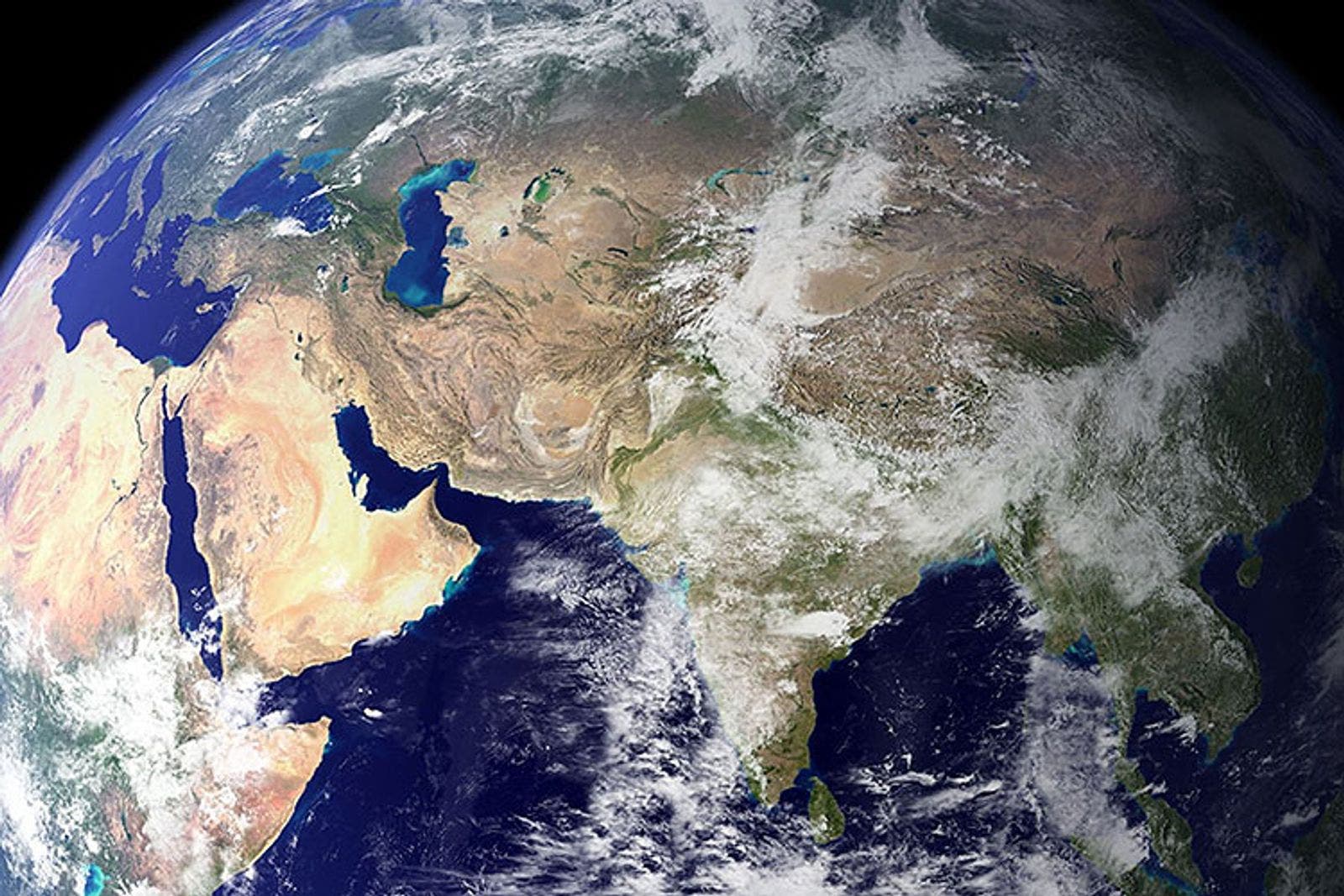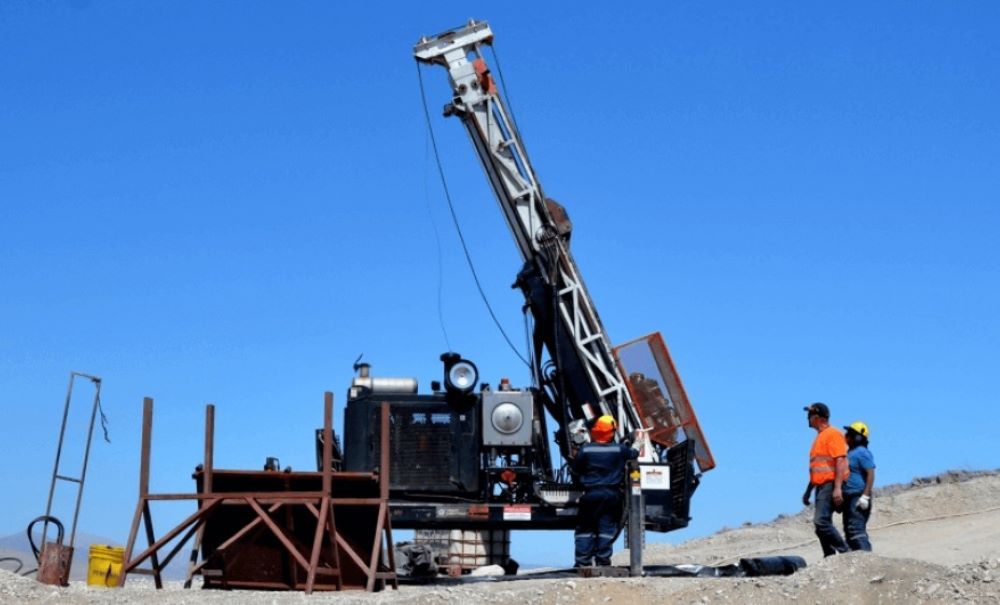
In a challenge to China’s dominance of the PV market, India’s capacity to produce solar modules is set to reach 110 gigawatts (GW), and thus be self-sufficient, by 2026. After that date, we may see India entering the PV export market. Many countries are nervous about the concentration of panel manufacturing in China and would welcome an alternative.
Since 2010, China’s share in global production of solar modules has increased from around 50% (in 2010) to around 70% in 2022. A slowdown in Chinese production would have global ramifications.
India, the United States of America, and Europe have all enacted several policy measures to limit the dependence on China and to support local manufacturing. If India commences aggressive exports, will it face the same policy backlash as China? Or will the competition lead to lower prices?
“India introduced a safeguard duty (SGD) in 2018, while the U.S. instated anti-dumping duty (ADD) on Chinese PV imports. More recently, the U.S. issued its Inflation Reduction Act (IRA), which provides an extensive production-linked incentive plan to support PV manufacturing,” the Institute for Energy Economics and Financial Analysis (IEEFA) writes.
“India will also have a notable presence in all upstream components of PV manufacturing, such as cells, ingots/wafers and polysilicon,” IEEFA adds. “PV technology is continuously evolving. Poly-crystalline, which was the mainstay just a few years back, is already obsolete. Currently, designs for all existing and proposed manufacturing lines are for mono-passivation emitter rear contact cells (PERC). This continuous technology shift highlights the need for manufacturers to plan carefully while designing their PV lines to accommodate all future scenarios. Hence, all current mono-PERC line designs can easily upgrade to other upcoming technologies, such as Heterojunction technology (HJT) or Tunnel Oxide Passivated Contact (TOPCon).”
There appears to be some reluctance for local consumers to Indian solar modules, although the quality of all tier-1 Indian manufacturers is comparable to global standards. There is also a lack of skilled tradespeople to install and operate the high-tech machinery, especially for cells and other upstream components.
Favorable government policies, particularly the production-linked incentive (PLI) scheme, have helped PV manufacturing to double capacity for both cells and solar modules in the last 2 to 3 years. IEEFA asserts: “Policy stability must continue to sustain investor confidence in the PV manufacturing sector.”
The Indian government has introduced several tariff barriers since the initial SGD in 2018, like basic customs duty, and non-tariff barriers, such as the Approved List of Models and Manufacturers. The production-linked incentive (PLI) scheme has supported the Indian PV industry to the tune of approximately US$3.2 billion over two tranches. By 2023, “nameplate capacity for PV cells and modules in India has more than doubled to reach 6.6GW of cells and 38GW of modules in 2023, even though they operate at only 50–60% capacity.”
IEEFA expects that by 2026, India will not only reach the self-sufficiency target of 110 GW, but also have “a significant presence in all aspects of PV manufacturing, including cells, ingots/wafers and polysilicon.”
Restrictions placed on Chinese goods by other countries have led to an increase in the value of Indian exports by up to 5 times year on year (2022–2023). “All leading tier-1 manufacturers in India say they have considerable interest and demand from export markets for their high-quality and high-wattage lines of modules. Some are even earmarking 20–25% of their manufacturing capacity for export markets.”
The USA accounts for nearly all (93%) of India’s solar PV exports. As the IRA impacts the manufacturing of local PV, Indian exporters would do well to find other markets. With the current move towards renewable energy globally, that should not be difficult. Perhaps Bangladesh would benefit from cheap Indian solar panels.
There are still some challenges ahead. India’s domestic industry needs to step up to the manufacturing of upstream components such as polysilicon, ingots/wafers, ancillaries, and PV machinery. This will reduce import costs and barriers and perhaps make it easier to compete with China on price.
According to the IEA, “China and ASEAN countries (Viet Nam, Thailand and Malaysia) have the lowest solar PV module manufacturing costs for all segments of the supply chain. Economies of scale, supply chain integration, relatively low energy costs and labour productivity make China the most competitive solar module manufacturer worldwide. Higher investment costs in India are the primary reason for the cost differential with China, while higher overhead and labour costs makes US PV manufacturing not as competitive. In Europe, rising energy prices following Russia’s invasion of Ukraine widened the cost gap with China. Today, EU industrial energy prices are more than triple those of China, India and the United States.” The graph in the article indicates that costs for Indian PV modules are only 3% higher than the prices for comparable Chinese ones.
The IEA is predicting the possibility of a glut of solar panels by 2027, if China proceeds with a planned expansion of manufacturing throughout the entire supply chain. This supply glut may also create price competition and result in investor uncertainty both within and outside of China.
IEEFA adds: “China itself is augmenting its capabilities multi-fold in polysilicon and wafer manufacturing. Indian companies will find it hard to maintain cost competitiveness after Chinese companies set up their upstream manufacturing plants.”
The government needs to strike a balance between the requirements of developers and supporting domestic PV manufacturers. The Minister of Power and New and Renewable Energy, R.K. Singh, said that the relaxing of the Approved List of Models and Manufacturers was due to domestic capacity not being able to keep pace with the demand for solar PV in the country.
“I have expanded the bidding so fast that my existing domestic capacity is not able to meet it. I have about 70GW of solar only under implementation, and the manufacturing capacity of 500Wp [modules] and above is just 10GW,” said Singh, adding that otherwise it would have taken the country seven years to add this capacity.”
The Indian government must maintain policy stability to give India the opportunity to become a key link in the world’s future energy supply chain. In the meantime, domestic production of solar modules will give India self-sufficiency as they move into a brighter renewable future for about one sixth of the earth’s population.
Sign up for daily news updates from CleanTechnica on email. Or follow us on Google News!
Have a tip for CleanTechnica, want to advertise, or want to suggest a guest for our CleanTech Talk podcast? Contact us here.
Former Tesla Battery Expert Leading Lyten Into New Lithium-Sulfur Battery Era — Podcast:
I don’t like paywalls. You don’t like paywalls. Who likes paywalls? Here at CleanTechnica, we implemented a limited paywall for a while, but it always felt wrong — and it was always tough to decide what we should put behind there. In theory, your most exclusive and best content goes behind a paywall. But then fewer people read it! We just don’t like paywalls, and so we’ve decided to ditch ours. Unfortunately, the media business is still a tough, cut-throat business with tiny margins. It’s a never-ending Olympic challenge to stay above water or even perhaps — gasp — grow. So …





